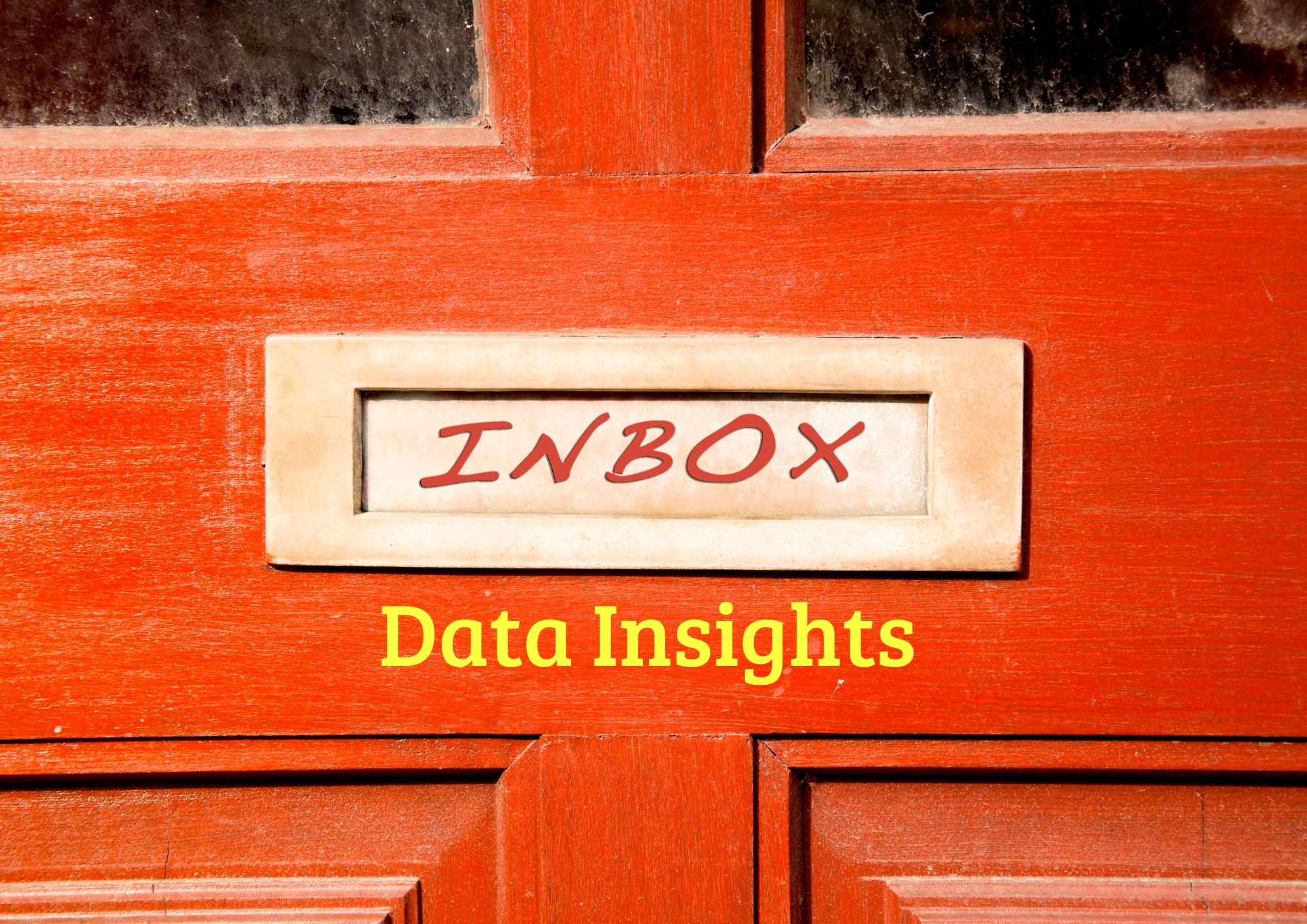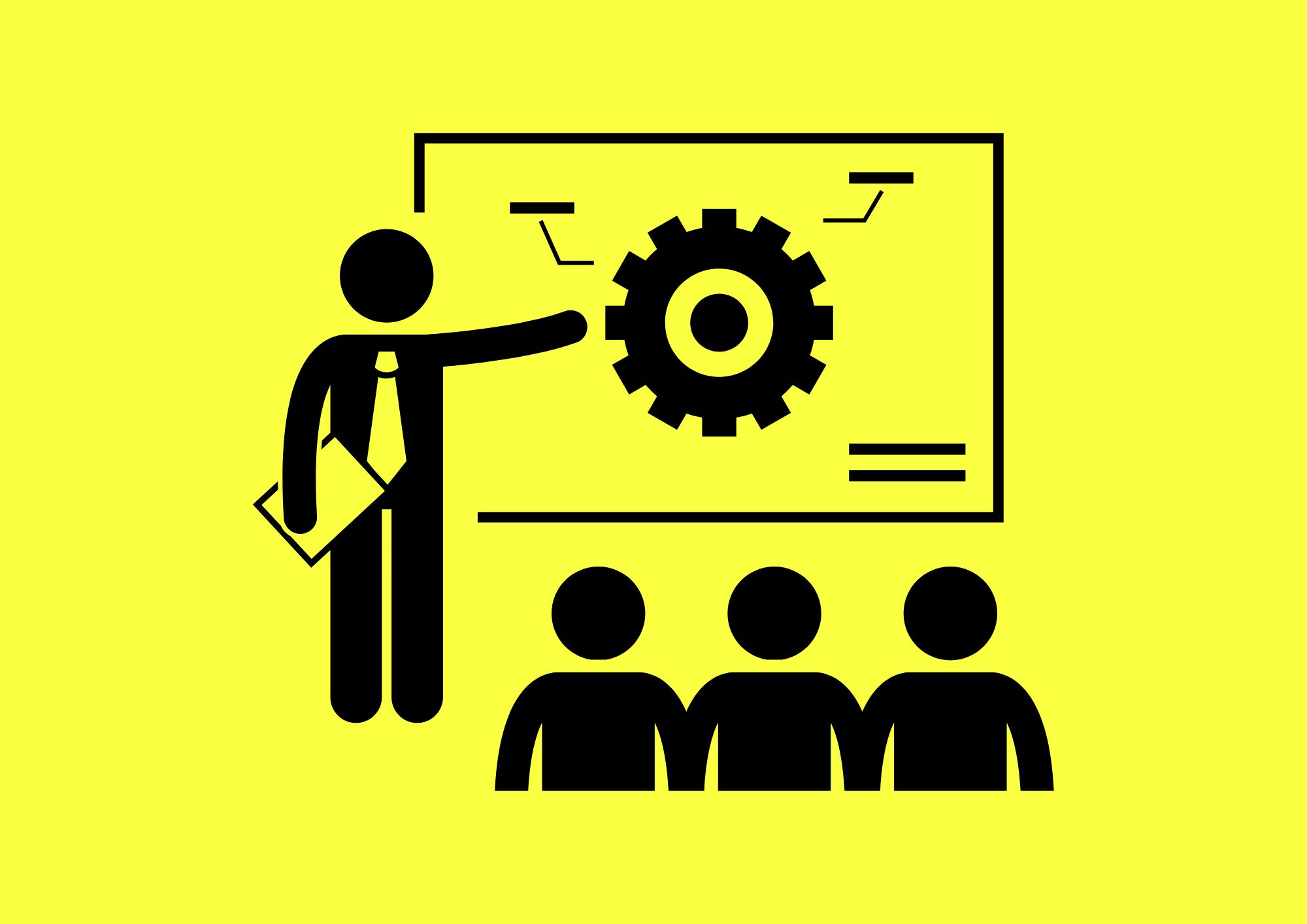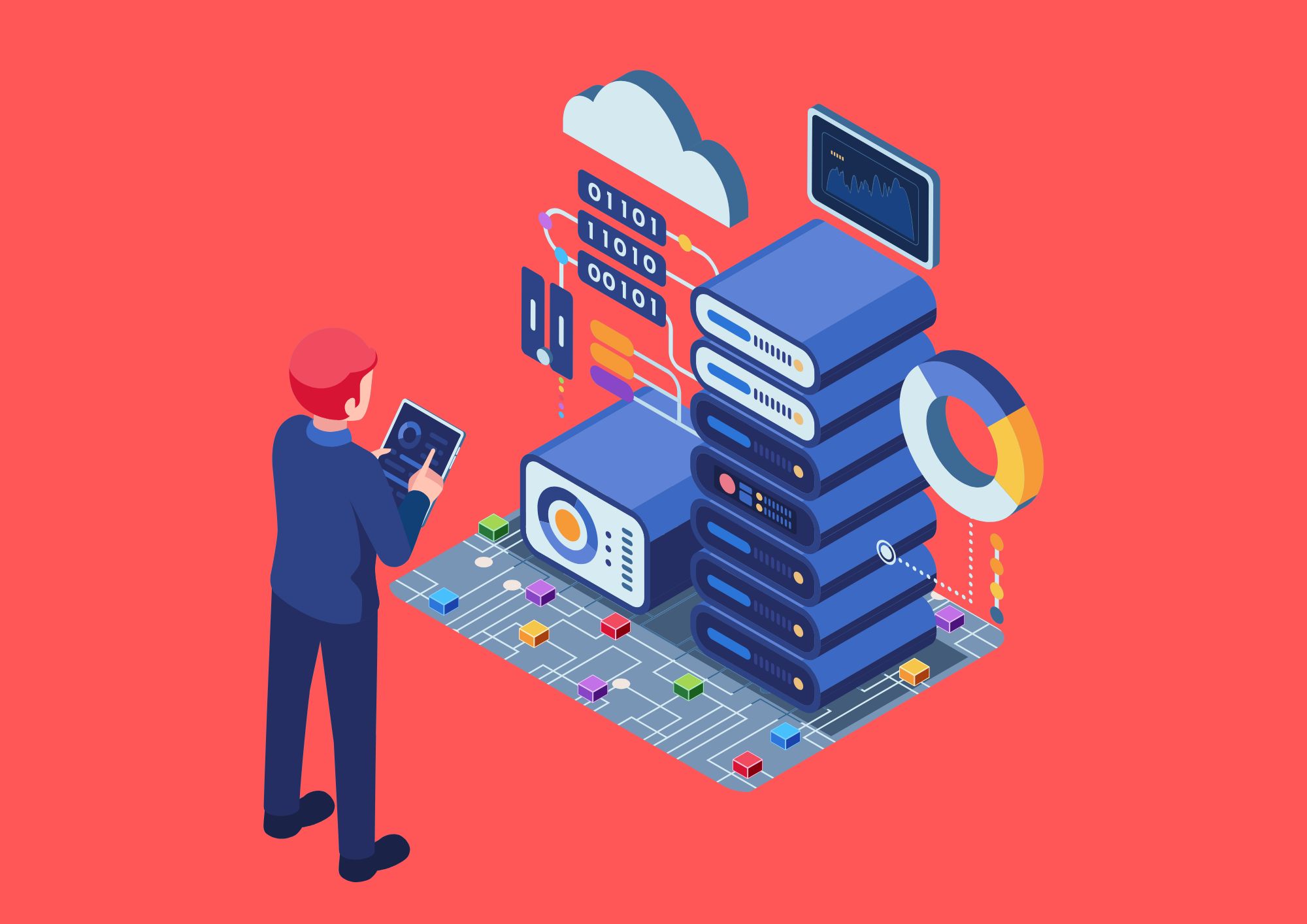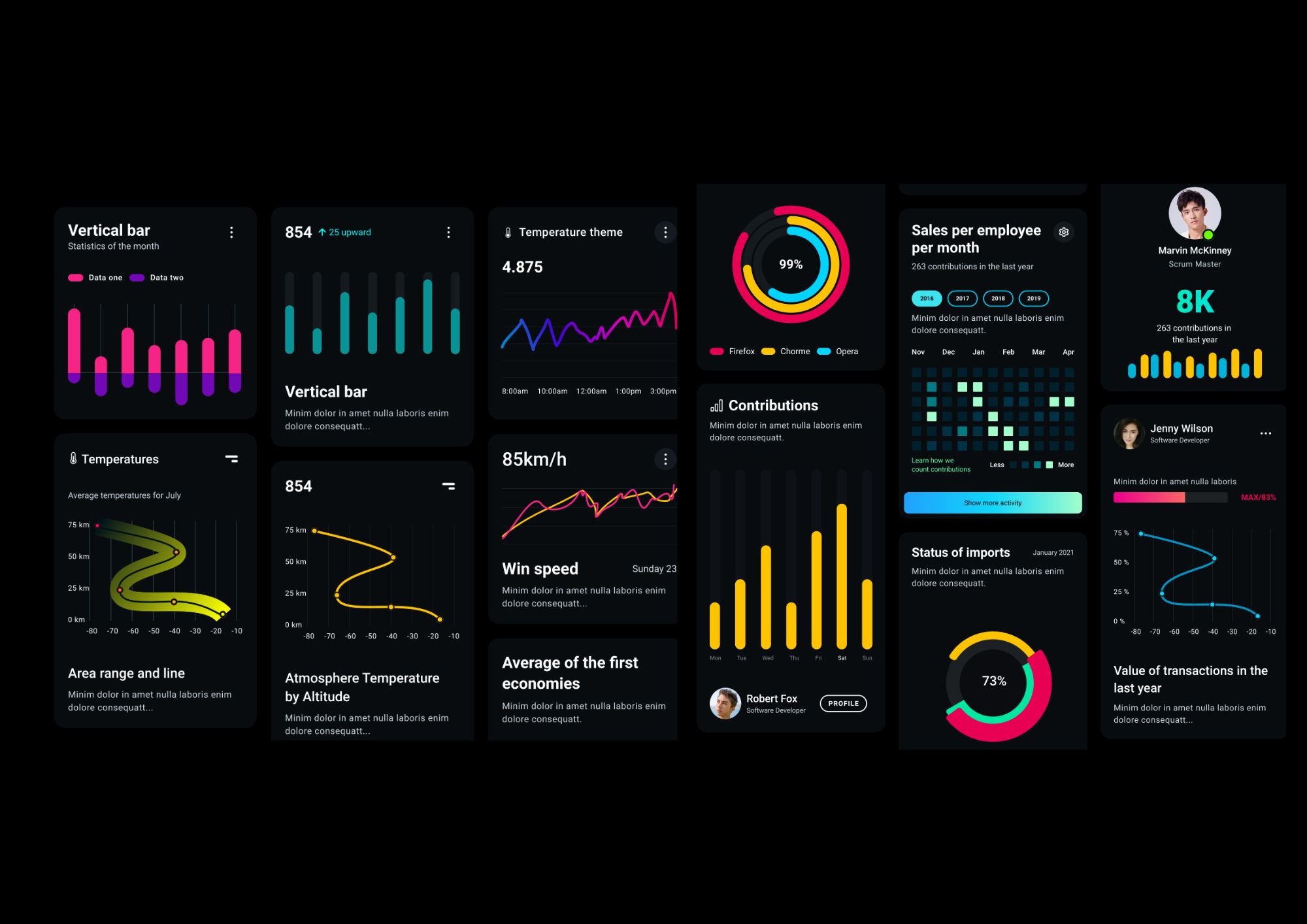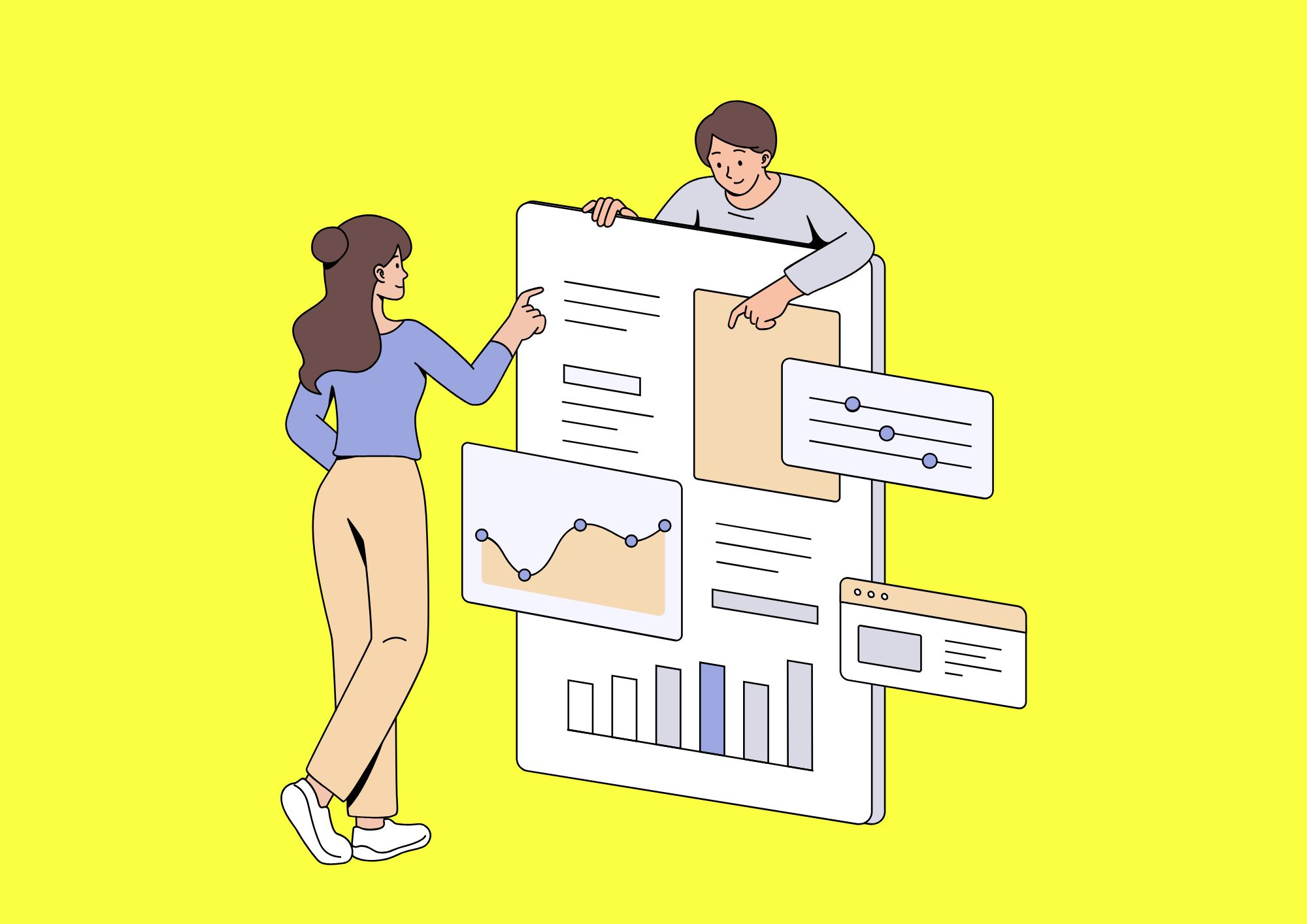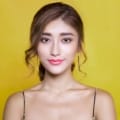Revolutionising Research with Deep Research
In an era where data drives decisions, OpenAI’s Deep Research, integrated into ChatGPT, introduces a groundbreaking approach to autonomous research. Powered by an optimised version of the O3 model, this AI agent autonomously navigates the digital landscape to deliver secure data analysis and communication visualisations. For private companies and public sector bodies, this tool promises to transform how insights are derived and shared. Caspia Data Consultancy explores how this innovation can empower organisations with precision, security, and efficiency.
AI Business Agents
Caspia’s AI Business Agents connect enterprise data, communication channels, and decision systems into one intelligent network that listens, responds, and acts across every business touchpoint.
Explore AI Business AgentsIntroduction
The volume and complexity of data confronting organisations today demand solutions that go beyond manual effort. Deep Research addresses this by automating intricate research tasks, leveraging real-time web analysis and advanced AI reasoning. Integrated into ChatGPT, it offers a seamless way to process vast datasets securely and present findings through impactful visualisations, making it a game-changer for sectors requiring robust, compliant, and actionable intelligence.
Evolution of Deep Research
Origins of Innovation
The development of Deep Research stemmed from a need to accelerate research while maintaining reliability. OpenAI recognised that traditional approaches—reliant on human analysts—couldn’t keep pace with the data deluge. Launched in February 2025, this tool builds on years of AI advancements, culminating in a solution that redefines organisational research.
Development Timeline
- 2024: OpenAI previews the O3 model, laying the groundwork for autonomous reasoning 1.
- Early 2025: Deep Research debuts for ChatGPT Pro users, showcasing its ability to synthesise web data 2.
- March 2025: Enhanced features like secure file analysis and dynamic visual outputs roll out, broadening its organisational appeal.
Technical Foundations
At its core, Deep Research harnesses an O3 model variant optimised for web browsing and secure data processing. This model excels in reasoning, enabling it to tackle complex tasks with human-like adaptability.
Key Mechanisms
- Secure Web Navigation: Accesses online resources with encrypted protocols, ensuring data privacy 3.
- Advanced Data Processing: Analyses text, images, and PDFs, integrating findings into cohesive insights.
- Visualisation Engine: Generates charts, graphs, and reports, enhancing communication visualisations for stakeholders.
- Real-Time Efficiency: Reduces research timelines from hours to minutes, critical for time-sensitive decisions.
Capabilities for Organisations
1. Secure Data Analysis
Deep Research prioritises security, using encrypted workflows to process sensitive organisational data. Public sector bodies can audit compliance trends, while private firms analyse client communications—all within a protected framework.
2. Dynamic Visual Communication
From interactive dashboards to trend maps, the tool creates visualisations that simplify complex findings. This empowers decision-makers to grasp insights quickly, fostering informed strategies.
3. Sector-Specific Applications
- Public Sector: Councils use it to analyse policy impacts or citizen feedback securely.
- Private Sector: Businesses track market shifts or competitor activity with real-time visuals.
- Cross-Sector: Enhances reporting for audits, strategic planning, and stakeholder briefings.
Challenges to Address
Accuracy Risks
Despite its prowess, Deep Research may occasionally produce inaccuracies due to reliance on web sources. Organisations must validate outputs, a step Caspia Data Consultancy supports through rigorous verification processes.
Workforce Implications
Automation raises concerns about displacing research roles. However, it also frees staff for strategic tasks, a balance that requires careful integration.
Compliance and Ethics
Ensuring GDPR and sector-specific compliance is paramount. Transparent sourcing and secure handling mitigate risks, aligning with organisational standards.
Case Study: Organisational Impact
A government agency partnered with Caspia Data Consultancy to deploy Deep Research for a regulatory review. The tool analysed thousands of online documents in 20 minutes, producing a secure report with visual trends that cut preparation time by 70%. This efficiency bolstered compliance efforts and informed policy adjustments.
Why Caspia Data Consultancy?
Caspia Data Consultancy specialises in tailoring AI solutions like Deep Research to organisational needs. We ensure secure data analysis aligns with compliance mandates and craft communication visualisations that resonate with your audience, driving measurable outcomes.
Conclusion
Deep Research, powered by the O3 model, marks a pivotal advancement in AI-driven research. For organisations, it offers a secure, efficient way to transform data into actionable insights and compelling visualisations. With Caspia Data Consultancy as your partner, this tool can redefine how you analyse and communicate, paving the way for smarter, faster decisions in 2025 and beyond.
References
-
OpenAI. (2024). O3 Model Preview: Advancing Reasoning in AI. Retrieved from https://openai.com/. ↩
-
OpenAI Research Team. (2025). Deep Research: Autonomous Insights with O3. OpenAI Blog. Retrieved from https://openai.com/. ↩
-
Smith, J., & Taylor, R. (2025). Secure AI Frameworks for Organisational Data. Journal of Data Security, 15(2), 34-50. ↩





